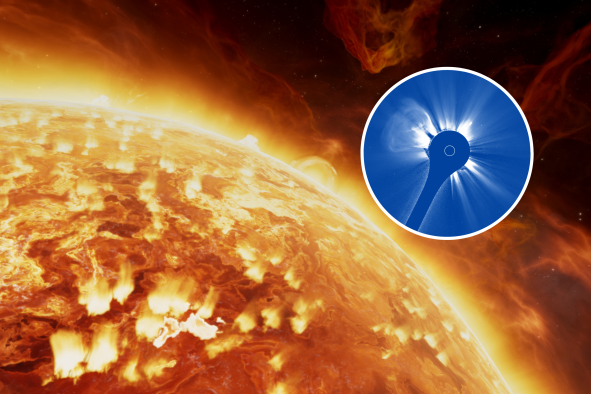Your support helps us to tell the story
Support NowThis election is still a dead heat, according to most polls. In a fight with such wafer-thin margins, we need reporters on the ground talking to the people Trump and Harris are courting. Your support allows us to keep sending journalists to the story.
The Independent is trusted by 27 million Americans from across the entire political spectrum every month. Unlike many other quality news outlets, we choose not to lock you out of our reporting and analysis with paywalls. But quality journalism must still be paid for.
Help us keep bring these critical stories to light. Your support makes all the difference.
Scrolling through our phones we are faced with short sharp bursts of text, and now researchers have uncovered why the brain is able to quickly process short messages.
According to the findings, the brain detects basic sentence structure nearly as quickly as it recognises an image.
The brain identifies the basic linguistic structure of a brief sentence extremely quickly – in roughly 150 milliseconds, or about the speed of a blink of an eye – when it is flashed on screen, the study found.
Our experiments reveal that the brain’s language comprehension system may be able to perceive language similarly to visual scenes
Professor Liina PylkkanenThe research indicates that the brain’s processing capacity for language may be much faster than previously thought.
Digital media will see people receiving rapid messages – such as phone notifications and text written over videos – at quite some speed.
In the new study, researchers looked at whether the brain is able to process these texts as quickly as it can determine the makeup of the images that go hand-in-hand with using screens.
The team of New York University (NYU), USA, linguistics and psychology researchers found that it can.
Liina Pylkkanen, a professor in NYU’s department of linguistics and department of psychology, who led the research, said: “Our experiments reveal that the brain’s language comprehension system may be able to perceive language similarly to visual scenes, whose essence can be grasped quickly from a single glance.
“This means the human brain’s processing capacity for language may be much faster than what we might think – in the amount of time it takes to hear one syllable, the brain can actually detect the structure of a short sentence.”
The researchers conducted a series of experiments, measuring brain activity while people read word lists that were either grammatical sentences, or just lists of nouns, on screen.
They found that the part of the brain responsible for language comprehension starts distinguishing simple three-word sentences from unstructured word lists as quickly as 130 milliseconds after seeing them.
Prof Pylkkanen said: “This speed suggests that at-a-glance sentence comprehension may resemble the rapid perception of a visual scene rather than the slower, step-by-step process we associate with spoken language.
“In the amount of time that it takes one to hear one syllable, the brain can actually detect the structure of a three-word sentence.”
The findings are published in the Science Advances journal.
Disclaimer: The copyright of this article belongs to the original author. Reposting this article is solely for the purpose of information dissemination and does not constitute any investment advice. If there is any infringement, please contact us immediately. We will make corrections or deletions as necessary. Thank you.



